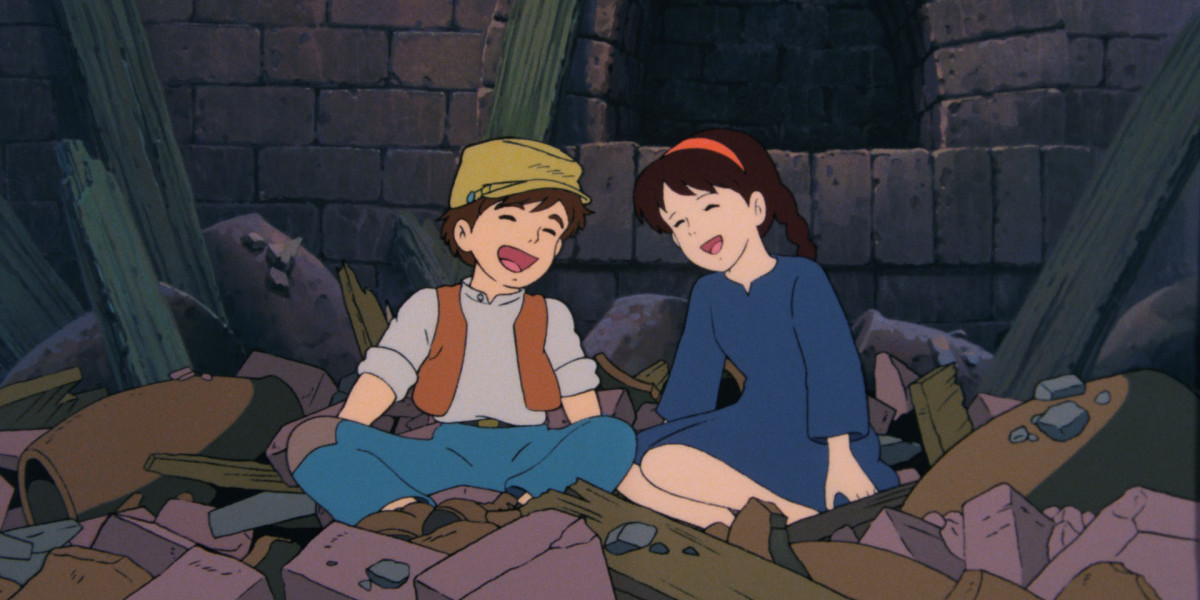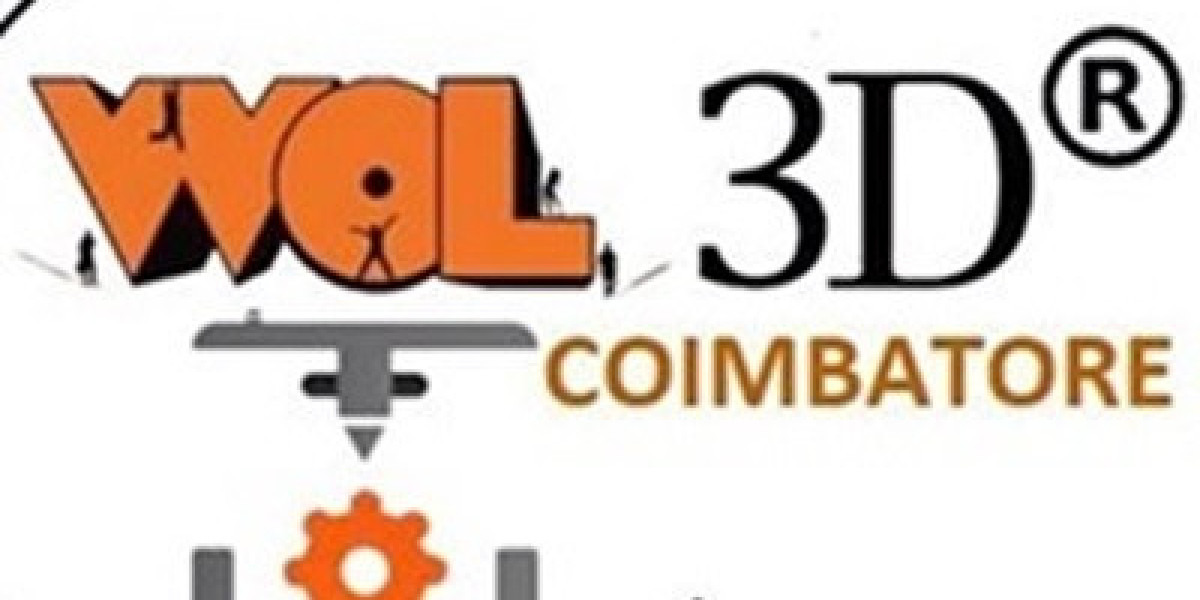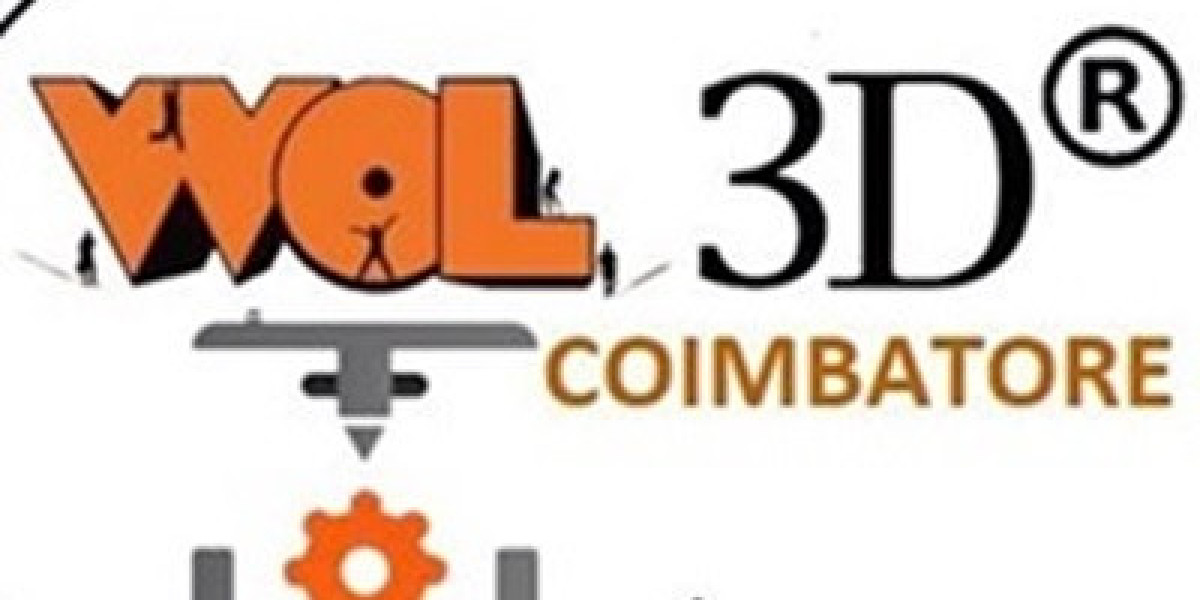Biodegradable plastics are becoming the go-to option for manufacturers wanting to reduce environmental impact. But when it comes to assembly, especially in high-volume production, traditional methods like gluing or mechanical fastening don't always work. That’s where ultrasonic welding steps in — fast, clean, and suitable for automation.
If you're working with compostable materials like PLA, PHA, or starch-based blends, designing for ultrasonic welding of biodegradable plastics takes more than swapping out standard resins. These materials behave differently under heat and pressure. Without proper design, you risk poor weld strength, degradation, or inconsistent results.
Here’s how to get it right from the design stage.
Why Use Ultrasonic Welding for Biodegradable Plastics?
Ultrasonic welding uses high-frequency vibrations to generate frictional heat between two plastic surfaces. The process takes less than a second, requires no adhesives, and doesn’t introduce contamination — a perfect match for biodegradable materials, especially in:
Single-use medical devices
Compostable packaging
Agricultural tools
Cosmetic containers
Food-safe disposables
Unlike traditional joining methods, ultrasonic plastic welding supports the sustainability goals these products aim to meet — less energy, no solvents, no added materials.
But biodegradable plastics aren’t the same as conventional thermoplastics. They have lower thermal resistance, narrower melt ranges, and often poorer flow properties. That means you must design with these traits in mind.
Understand the Material Properties First
Before jumping into tooling or part geometry, get familiar with how your chosen material behaves. Here’s what to look at:
| Property | Impact on Ultrasonic Welding |
|---|---|
| Melt temperature range | Narrow ranges risk overheating or under-welding |
| Crystallinity | Affects how energy is absorbed and distributed |
| Moisture sensitivity | Can cause bubble formation or weak bonds |
| Brittleness | Needs reduced energy and softer horn contact |
| Degradation threshold | Limits weld energy and cycle time |
PLA, for example, melts at 150–160°C and can degrade quickly above that. You can’t apply the same energy levels used for ABS or polycarbonate.
So the first rule: test your material's weldability early. Lab trials save more time than fixing issues in production.
Design Features That Help Welding
1. Energy Directors
An energy director is a small triangular or domed feature at the joint line that focuses energy and helps initiate melting. For biodegradable plastics, these are essential because:
They allow lower total energy input
They minimise part damage or deformation
They create a controlled melt interface
Standard energy directors may need adjusting. For instance, use a smaller height (0.3–0.5 mm) for softer materials, and a broader base to avoid stress concentrations.
2. Joint Designs
Avoid complex joint shapes or snap fits. Instead, use simple, weldable profiles:
Butt joints: Effective when supported by a flat surface and guided with energy directors.
Step joints: Offer alignment and strength, especially for thin parts.
Shear joints: Good for cylindrical parts but can be overkill for biodegradable materials.
Each design should aim for maximum surface contact without excessive force.
3. Wall Thickness
Don’t go too thin — ultrasonic plastic welding applies pressure and vibration, and thin walls can deform or collapse.
Recommended minimum: 1.5 mm wall thickness for most biodegradable plastics
Uniform thickness helps maintain stable welds
Avoid sharp transitions which cause weak spots
4. Draft Angles and Support
Tapered features are useful for ejection but can affect alignment. Keep consistent draft angles and use support ribs in the fixture to counteract deformation.
Tooling Considerations for Biodegradable Plastics
Tooling is just as important as part design. You can’t weld green plastics effectively without adapting horns and fixtures.
Horns
Use polished aluminium or titanium horns to reduce marking
Contour the horn to match the part’s surface to distribute pressure evenly
Avoid high amplitude settings; biodegradable plastics don't need it and can degrade fast
Fixtures
Provide full support under the weld area
Use non-marking surfaces like polyurethane inserts
Design for quick part loading and repeatability
A poorly aligned fixture will kill any chance of consistency, especially with soft or flexible bio-based parts.
Application Example: Sustainable Packaging
Let’s say you’re designing a clamshell container made of PLA for fresh produce.
Use a step joint with shallow energy directors around the perimeter
Keep the wall thickness consistent at 1.8 mm
Design the fixture to support the entire bottom part of the clamshell
Use a low-amplitude horn contoured to the top surface
Test samples show that such a setup can produce a strong weld in under 0.8 seconds — enough to meet automation needs and sustainability goals.
Application Example: Disposable Medical Devices
Biodegradable plastics are gaining traction for single-use diagnostics and packaging in healthcare. For a swab holder or blister housing:
Minimise internal features that could trap melted material
Design with clear weld lines visible for inspection
Add locator pins for consistent fixture alignment
Focus on surface area rather than depth for bonding
Since these parts are often small and delicate, the design needs to be robust enough for handling but soft enough to allow clean welding without stress cracking.
Common Mistakes to Avoid
Overloading the joint
More vibration or pressure doesn’t mean better welds. Biodegradable plastics degrade faster.Ignoring environmental storage
PLA and similar materials absorb moisture. Parts stored poorly won’t weld the same way every time.Recycling offcuts into new parts
Weld strength in recycled biodegradable plastics is usually much lower. Stick with virgin material for critical joints.Failing to tune horns for each design
Using generic ultrasonic tooling may work once — but it won’t work consistently.
Final Thoughts
Designing for ultrasonic welding of biodegradable plastics means working with limitations — but those limitations come with environmental advantages.
If you treat weldability as a core design parameter (instead of a last-minute production concern), you get stronger, more reliable joints with minimal waste. That’s a win for sustainability and a win for production efficiency.
By starting with the right joint designs, adapting your tooling, and selecting compatible biodegradable materials, ultrasonic welding can become your strongest link — not your weakest.








